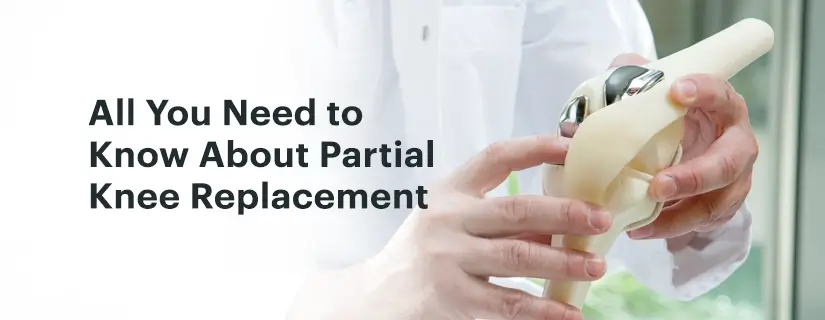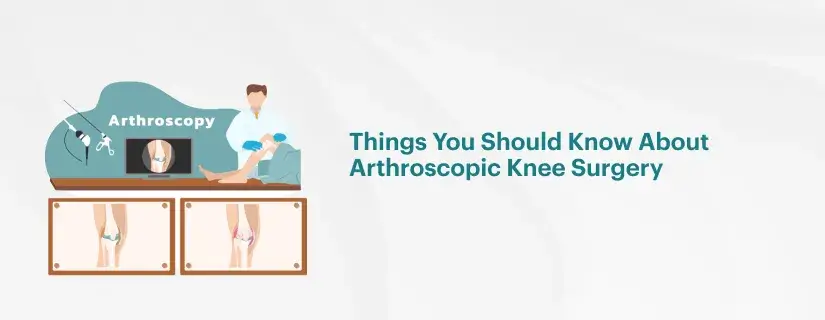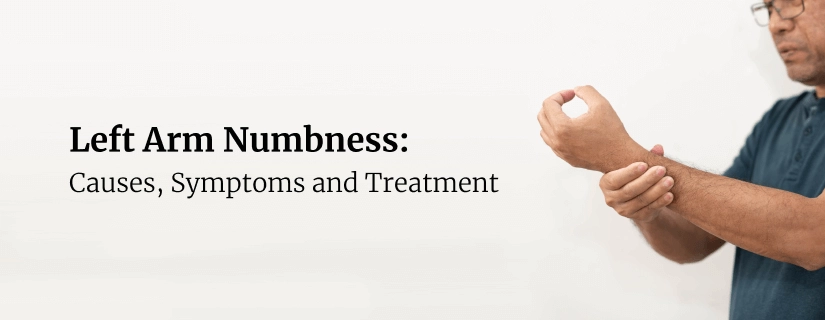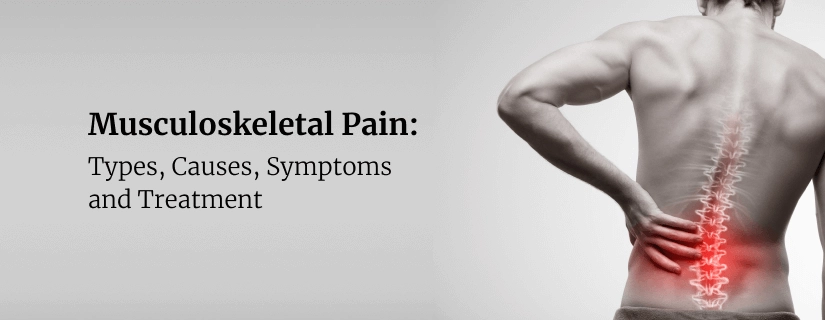-
Doctors
-
Specialities & Treatments
Centre of Excellence
Specialties
Treatments and Procedures
Hospitals & Directions HyderabadCARE Hospitals, Banjara Hills CARE Outpatient Centre, Banjara Hills CARE Hospitals, HITEC City CARE Hospitals, Nampally Gurunanak CARE Hospitals, Musheerabad CARE Hospitals Outpatient Centre, HITEC City CARE Hospitals, Malakpet
HyderabadCARE Hospitals, Banjara Hills CARE Outpatient Centre, Banjara Hills CARE Hospitals, HITEC City CARE Hospitals, Nampally Gurunanak CARE Hospitals, Musheerabad CARE Hospitals Outpatient Centre, HITEC City CARE Hospitals, Malakpet Raipur
Raipur
 Bhubaneswar
Bhubaneswar Visakhapatnam
Visakhapatnam
 Nagpur
Nagpur
 Indore
Indore
 Chh. Sambhajinagar
Chh. SambhajinagarClinics & Medical Centers
Book an AppointmentContact Us
Online Lab Reports
Book an Appointment
Consult Super-Specialist Doctors at CARE Hospitals
Direct Anterior Approach in Total Hip Replacement: Advantages and Challenges
Updated on 10 April 2025
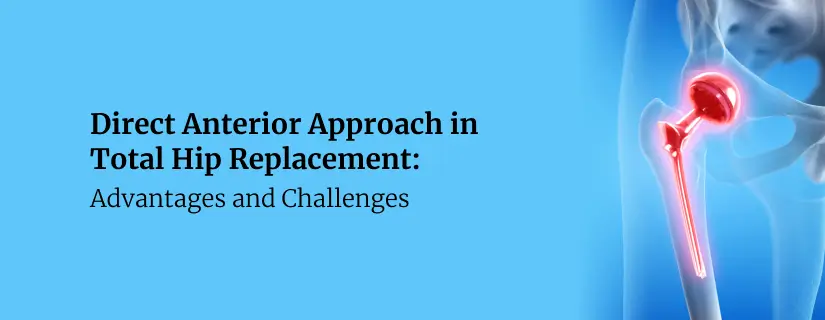
The evolution of hip replacement surgery has seen a marked shift in recent years with the advent of minimally invasive techniques. One such advancement that has garnered significant attention is the Direct Anterior Approach (DAA) in Total Hip Replacement (THR). Unlike traditional methods, which often involve cutting through muscles or tendons, the DAA offers a muscle-sparing approach, significantly improving outcomes and recovery times.
What is the Direct Anterior Approach?
The Direct Anterior Approach involves accessing the hip joint through a natural interval between the muscles at the front of the hip. This allows surgeons to reach the joint without cutting through major muscle groups, particularly the gluteus maximus and minimus, which are critical for walking and maintaining hip stability. By preserving these muscles, patients experience less postoperative pain, faster recovery, and a quicker return to normal activities.
Key Advantages of the Direct Anterior Approach
- Minimally Invasive: The DAA uses a smaller incision compared to traditional approaches, reducing soft tissue trauma and scarring. This has significant implications for both postoperative pain management and cosmetic outcomes.
- Faster Recovery: Patients undergoing hip replacement through DAA often experience a faster recovery time. Since no major muscles are cut, they can bear weight on the leg sooner and are often discharged from the hospital earlier than those undergoing traditional approaches.
- Lower Risk of Dislocation: One of the primary concerns following total hip replacement is the risk of dislocation. DAA offers superior stability as the approach preserves the posterior capsule and external rotators, resulting in a lower risk of dislocation compared to other methods.
- Improved Functional Outcomes: Studies have shown that patients undergoing DAA tend to have better early functional outcomes. This includes improved gait, faster mobilization, and higher levels of patient satisfaction.
Robotic Assistance in DAA
Technological advancements have further enhanced the precision of the Direct Anterior Approach. Robotic-assisted hip replacement allows for greater accuracy in implant positioning, limb length restoration, and joint alignment. Combining robotic technology with the DAA offers a powerful solution for patients, delivering personalized outcomes with minimized risk of complications.
Challenges and Considerations
While the Direct Anterior Approach offers numerous benefits, it is not without challenges. Surgeons must be experienced in this technique, as the learning curve can be steep. Additionally, certain patient factors, such as obesity or complex anatomy, may pose difficulties for this approach. However, with the right expertise, such as robotic assistance, these challenges can often be overcome.
Conclusion
The Direct Anterior Approach in total hip replacement represents a significant advancement in orthopedic surgery, offering a minimally invasive, muscle-sparing alternative that enhances patient outcomes. For surgeons who are skilled in this technique, and with the aid of robotic technology, DAA offers a promising future in hip arthroplasty. As more patients demand quicker recovery and better long-term function, the DAA will likely continue to play a pivotal role in the evolution of hip replacement surgery.

ENQUIRY FORM
SELECT CATEGORIES
-
Neurosciences (16)
-
Neurology (37)
-
Neurosurgery (14)
-
Orthopaedics (48)
-
Oncology (33)
-
Obstetrics and gynecology (51)
-
Pulmonology (23)
-
Urology (20)
-
Nephrology (13)
-
Psychiatry (7)
-
Dietetics and Nutrition (111)
-
General Medicine (63)
-
Cardiac Sciences (30)
-
Vascular & Endovascular Surgery and Interventional Radiology (10)
-
Gastroenterology (46)
-
Endocrinology (23)
-
Plastic Surgery (10)
-
Critical Care Medicine (5)
-
COVID-19 (16)
-
Dermatology (16)
-
Emergency Care (1)
-
Ophthalmology (4)
-
Pediatrics (14)
-
Laparoscopic and Bariatric Surgery (8)
-
ENT (15)
-
Kidney Transplant (1)
-
Liver Transplantation and Hepatobiliary Surgery (5)
-
General Surgery (3)
-
Internal Medicine (5)
-
Medicine Information
Everything to Know About Erythrocyte Sedimentation Rate (ESR)
YOU MAY ALSO LIKE
RECENT BLOGS
-

Direct Anterior Approach in Total Hip Replacement: Advantages and Challenges
10 April 2025
Read More
-

Zinc Deficiency: Signs and Symptoms, Causes, Treatment
9 April 2025
Read More
-

Chest Pain When Coughing: Causes, Treatment and Home Remedies
9 April 2025
Read More
-

12 Health Benefits of Eating Mushrooms
8 April 2025
Read More
-

7 Health Benefits of Blood Donation You Should Know About
8 April 2025
Read More
-

Implantation Bleeding Vs Periods: Know the Difference
28 February 2025
Read More
-

Bloating During Ovulation: Symptoms, Causes and Remedies
28 February 2025
Read More
-

Itching During Dengue: Causes, Treatment and Home Remedies
18 February 2025
Read More
Have a Question?
If you cannot find answers to your queries, please fill out the enquiry form or call the number below. We will contact you shortly.










